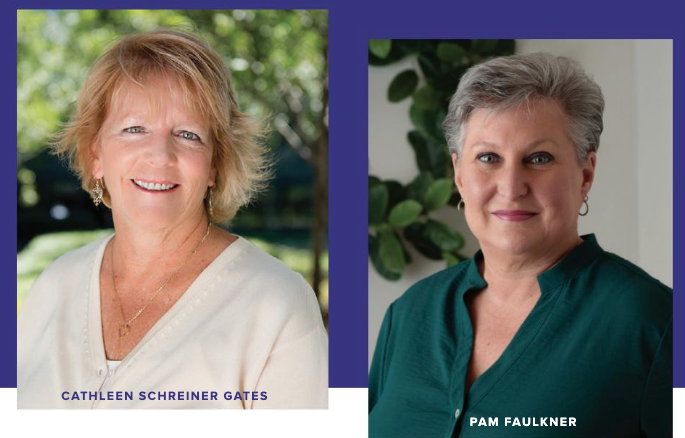
By Liz Green
Thomas Edison once said that “opportunity is missed by most people because it is dressed in overalls and looks like work.” This could be an apt summary of the changes in the redesigned Fannie Mae/Freddie Mac Uniform Residential Loan Application (URLA, 1003/70) that are scheduled to take effect in November.
Adapting to the industry’s first major redesign to the application in decades certainly will require work. And, it will require a significant amount of time and effort to train mortgage professionals to interact with the new form and make sure one’s technology partners are on board with the changes. We only have to look back at 2017, when the new TRID Loan Estimate (LE) and Closing (CD) disclosures came out, to see how difficult it can be to adjust to industry-wide changes that the new URLA will present.
Yet, the new and improved URLA form also represents a huge opportunity to improve mortgage loan quality industrywide, if lenders are prepared to take advantage of it. And it’s not too late to get started.
Changes with the New Form
When one looks at the new URLA, the first thing that comes to mind is how different it looks compared to the current version. It’s definitely an upgrade to a more modern, sleeker appearance. The new design has the same look and feel as the Loan Estimate and Closing disclosures. That’s not an accident. In fact, the GSEs engaged the same designer for the URLA as the CFPB used for the TRID forms.
Another major difference is how the URLA will be used. The current form was originally intended to be filled out by hand; whereas, the new application is intended to present information that is collected digitally. Like the LE and CD design, it is dynamic in nature to track with specific borrower and loan details. In other words, the form “grows” depending on the type and amount of information that is required for the case. However, there is a baseline of information that applies to all cases, regardless of loan details or borrowers.
With the redesigned URLA, there’s no longer the same rigid profile of a homebuyer (or two) that the current form has required for the past 25 years. The new form provides for the presentation of multiple borrowers without the need to add extra pages. It also enables the collection of additional information about the borrower’s assets without the addendums or additional forms that are required today. It is estimated that the redesigned URLA is about 130 percent larger than the current application, with 94 new data points available.
We may not know for sure until the new form is widely in use, but it certainly looks as if it will be easier for consumers to use. A key driver behind the new design is to improve loan quality and salability, which are equally as beneficial as providing a better consumer experience. And core to the new design is the use of a data layer using MISMO standards, which will represent a sea change in loan quality by eliminating many current data ambiguities.
A Foundation to Building Better Loans
By leveraging data collection and presentation with modern approaches from the very beginning of the loan process, lenders are more quickly able to determine a borrower’s eligibility, which helps accelerate the origination process and improve the borrower’s experience. On the backend, having collected all the key data in a standardized, digital process paves the way for automation to deliver smoother, faster closing, and expedient delivery of the asset to aggregators and investors.
The new URLA is supported by a new companion dataset, the Uniform Loan Application Dataset (ULAD) as prescribed under the FHFA’s Uniform Mortgage Data Program, and is based on the MISMO 3.4 Reference Model. Fannie Mae and Freddie Mac have also updated their automated underwriting system datasets to support the new design and additional data. Using standardized data definitions make it much easier for lenders to exchange data with the GSEs and share data among their partners.
To help the industry adopt to the ULAD and the revised AUS file specifications derived from MISMO 3.4, MISMO is publishing a common reference under the name “Industry Loan Application Dataset” (iLAD) specification. The iLAD is designed to replace the Fannie Mae 3.2 flat file, which has served as the industry’s de facto data exchange format for years and is being eliminated with the introduction of the URLA. Importantly, iLAD also provides for the fields that would otherwise be dropped with the retirement of the FNMA 3.2 File and cross-references GSE’s AUS requirements along with the form dataset (ULAD).
The Need to Prepare Now
While the URLA represents an amazing opportunity for lenders to produce stronger, higher quality loans, there’s still a lot of work to do. The effective date for the new form is coming fast: November 2020. That means lenders, the software they rely on as their systems of record, their doc prep providers, and all downstream service providers will need to be ready to support the new data requirements.
In addition to technology changes, there will need to be training and outreach for the business users and consumers who will interact with the new application. The layout and organization of information and additional data will all be points that should be covered in an organization’s rollout and training program. Understanding how your vendors are accommodating the new requirements is absolutely key to the planning process.
To be sure, adopting new forms is no easy endeavor. Our industry should look at the URLA not as a challenge, but as an opportunity to manufacture better, higher-quality loans, while reducing costs and improving the borrower experience.
Because the mortgage lending business has been form-driven for so long, the new, digital and dynamic URLA represents a seismic shift in our industry. Those that make the most out of it will certainly come out ahead.
Elizabeth Green is chief data and product solutions officer at LoanLogics. In this role, she is responsible for the development of the company’s solutions and data strategy, as well as expansion of products, including in the area of collateral risk assessment. Elizabeth is a 25-year veteran leader in the mortgage software and valuation sectors. She has been a leader in several standards organizations including MISMO and has a deep history of defining and applying data standards in practical use.



